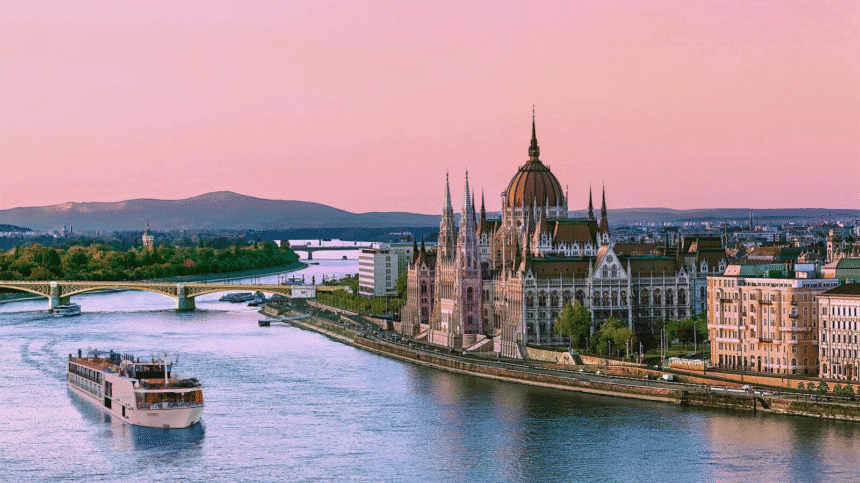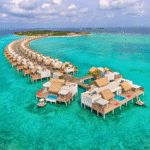River cruising in Europe is becoming the go-to holiday of choice for many from the UK, promising an easy and enjoyable way to experience the continent’s most fascinating cities and landscapes. If you’ve ever wondered what it’s really like to embark on one of these iconic journeys, or how to pick the right river and cruise line for yourself, this guide answers all the most common questions, busts myths, and shares practical tips – so you can feel confident as you plan your next adventure.
Why choose a river cruise in Europe?
River cruising in Europe gives you an effortless way to see multiple destinations in one trip. You’ll avoid the hassle of packing and unpacking, airport security, and long coach transfers. On a river cruise, your floating hotel glides right into the heart of historic cities and picturesque towns. You wake up to new scenery every day, often just steps away from local attractions.
People often ask, “Is river cruising only for the retired or over-60s?” The answer is no. River cruising is now appealing to a wider range of ages, especially after the popularity of TV shows like Cruising with Jane McDonald, which inspired many in the UK to try it for themselves. Thanks to ever-evolving itineraries, you’ll find cruises focused on art, food, music, active pursuits, and family fun. There’s truly something for everyone.
Safety and comfort play major roles too. Ships are smaller than ocean liners, so they have a friendly, relaxed atmosphere and personalised service. Most river ships host fewer than 200 guests, making them a great option if you prefer a quieter, more relaxed holiday. And with all meals, excursions, and often drinks included, you can easily keep track of your spending.
River cruises are also a green way to travel. Ships are designed to minimise their environmental impact, and many operators are now committed to sustainable travel. As a holiday, river cruising lets you discover Europe’s cultural treasures in a comfortable, sustainable, and highly enjoyable way.
The most popular European rivers for cruising
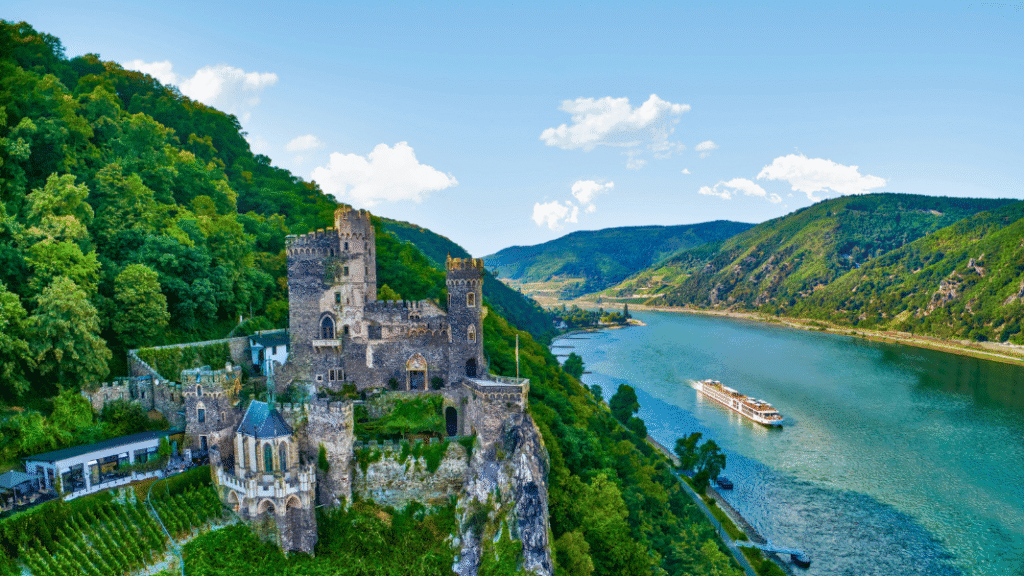
When planning river cruising in Europe, you’ll want to know which rivers offer the best experiences. Here are the key highlights:
The Rhine is perfect for anyone seeking storybook scenery and fairytale castles. Travelling from Switzerland through Germany, France, and The Netherlands, the Rhine passes through beautiful towns like Heidelberg, Strasbourg, and Cologne. You’ll often see hillside vineyards, timber-framed towns, and dramatic castles right from your balcony.
The Danube is the second-longest river in Europe, and arguably the most famous for cruising. A typical Danube itinerary will take you from Germany, through Austria and Hungary, and sometimes as far as Bulgaria and Romania. You can expect musical cities like Vienna, the stunning Wachau Valley, and the lights of Budapest – all picture-perfect for those who love both history and beauty.
The Seine is all about French art, food, and romance. Cruising the Seine from Paris towards Normandy lets you enjoy the rolling countryside, Monet’s Giverny, and poignant D-Day landing sites. It’s an excellent pick for those who want a mix of big-city culture and rural tranquillity.
The Douro in Portugal is increasingly popular with UK holidaymakers. This sun-kissed river winds through wine country and ancient cities like Porto. Cruises here blend vineyard tours, colourful villages, and relaxed cruising through UNESCO-listed dramatic valleys.
Other rivers, such as The Rhône and The Elbe, also offer unique cultural experiences and spectacular scenery, catering to food lovers, art fans, and those who want to dig into local life.
What kind of experience can you expect on board?
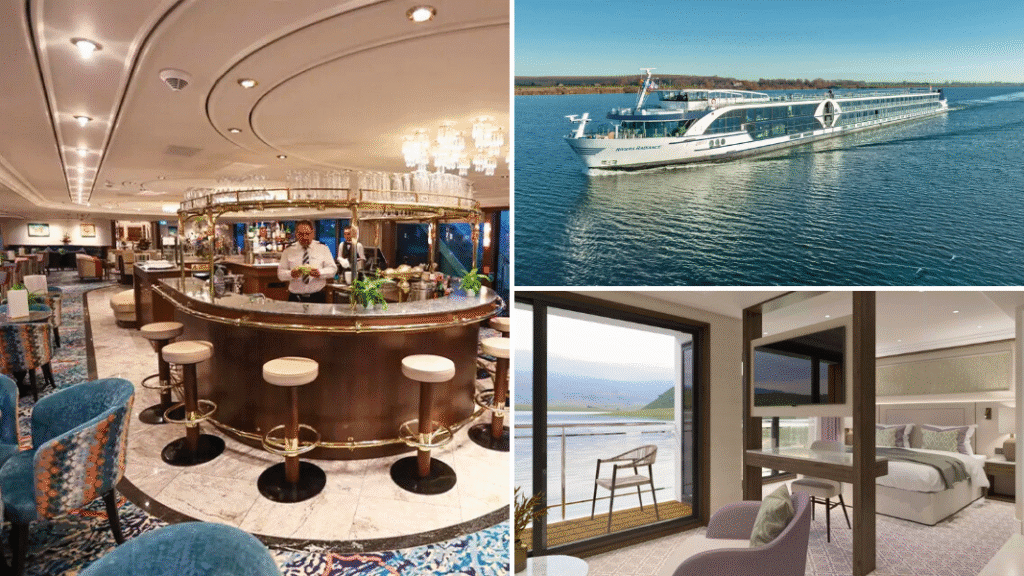
When you step aboard, you’ll find river cruise ships are worlds apart from their ocean-going cousins. River vessels are built for comfort and personal space rather than amusement parks and casinos. Most have large sun decks, panoramic lounges, and open-seating restaurants. Cabins, while compact, are cleverly designed and often give you a river view or even a small balcony.
You’ll enjoy daily meals featuring local flavours, often with wines from the region you’re sailing through. Many cruises include special dinners or tastings. Excursions ashore with expert guides are typically built into the price, so there are no hidden surprises. Most ships offer bikes for guests who want to explore under their own steam, and there’s usually a small fitness centre or wellness area on board.
River ships focus on quality over quantity. Rather than 24/7 entertainment, you’ll meet guest lecturers, musicians, or local experts giving talks on the region’s history and culture. The pace is relaxed, but there are still plenty of activities for those who want more than just sitting on a sun lounger.
Dress codes are generally smart-casual. You don’t need to pack a dinner jacket, except perhaps for the Captain’s Dinner, and laundry services are often available if you want to travel light. The small size of river ships means you’ll quickly get to know other guests and crew, giving you a sense of community throughout your journey.
How to pick the right river cruise for you
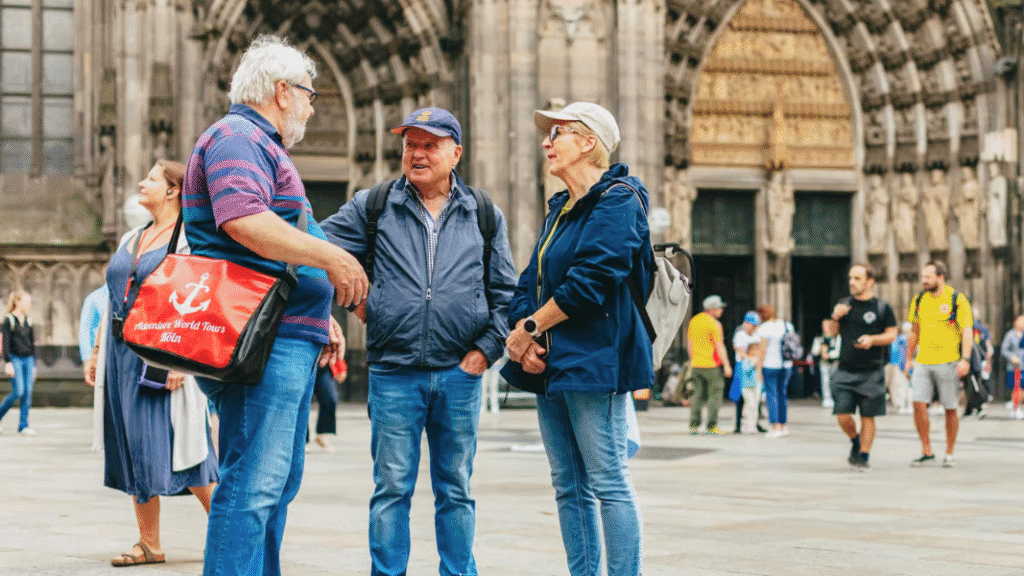
With so many options for river cruising in Europe, it can be hard to know where to start. First, think about your interests. If history and architecture excite you, consider the Danube or Rhine. Foodies should look at cruises along the Rhône or Douro. Those after stunning countryside and a romantic atmosphere might love the Seine.
Consider your preferred pace. Some cruises are port-heavy, with lots of excursions and active options. Others build in time to relax, perhaps even with overnight stays in vibrant cities like Budapest or Vienna. Ask your cruise line or travel agent about the balance of arranged tours versus free time.
Budget is another factor. While most river cruises are more all-inclusive than ocean liners, inclusions do vary. Check what’s covered: drinks with meals, all-day snacks, excursions, Wi-Fi, and tips. This will help you compare cruises accurately.
Don’t overlook accessibility and onboard facilities. Some ships aren’t fully accessible for those with limited mobility, so check ahead if lifts or adapted cabins are necessary. Finally, look at the age and interests of fellow guests. Many cruises cater for adults only, but more lines are offering family-friendly departures, especially during school holidays.
When is the best time for a European river cruise?
The best time for river cruising in Europe depends on the rivers you dream of. April to October is peak season, with the most sailings and best weather. Spring brings colourful blossoms to the Seine and Dutch waterways, while summer means lively festivals and long, sunny days along the Rhine and Danube. Early autumn, or “golden October,” is ideal for wine lovers, especially on the Rhine and Douro.
Winter river cruises tend to focus on Christmas markets, especially in Germany and Austria. These cruises are shorter, more festive, and perfect if you love mulled wine and seasonal festivities. An off-peak trip can mean fewer crowds and better prices, but pack for cooler weather and occasional rain.
The Douro can get very hot in July and August, while spring brings more manageable temperatures and lush vineyards. The Danube and Rhine rarely freeze, so you’ll find sailings running most of the year. Always check local festivals and river levels, as water levels may affect your itinerary in exceptionally dry or wet years (reputable cruise lines will offer alternatives if there are changes).
Ultimately, for the UK holidaymaker, the best time is when you want to go! Just remember school holidays, major sporting events, and local bank holidays may affect prices and availability.
What should you pack for a river cruise?
Packing for river cruising in Europe is refreshingly simple, especially compared to resorts and ocean liners. You’ll want layers, since river weather can be changeable. Bring a waterproof jacket or lightweight mac, comfortable walking shoes for excursions, and a couple of smarter outfits for evenings. Days are typically spent on walking tours or bike rides, so casual, versatile clothes are best.
Don’t forget adaptors, as plugs are European (usually two-pin). Most ships provide toiletries and a hairdryer, so there’s no need to pack heavy bottles. Bring a day bag or backpack for shore excursions, as well as a camera or phone for photos.
If you plan to swim on board (some ships have pools), bring your swimsuit and flip-flops. For winter and autumn trips, a warm hat, gloves, and scarf will make town strolls more comfortable. If you’re cycling along the riverbanks, padded shorts are a good idea.
Medications should be kept in hand luggage, especially if you’re travelling by air to meet your ship. Always carry your passport and travel insurance details, and it’s wise to bring a copy of your booking and any email confirmations, just in case.
How to book a European river cruise from the UK
Booking river cruising in Europe as a UK resident is straightforward. Start by browsing online – most major travel agents and cruise specialists have dedicated river cruise sections. Look for ABTA or ATOL protection for peace of mind. Direct bookings with cruise lines are easy, but if it’s your first time, a specialist agent can offer advice on routes, ships, and special deals.
Consider packages that include flights or Eurostar and transfers. Riviera Travel offers UK departures with all transport arranged, ensuring a stress-free start to your holiday. In some cases, your luggage can be carried from your home directly to your cabin.
Early booking is advised for the best prices and widest choice of cabins. Solo travellers should look for lines offering no or low single supplements. If you’re new to cruising, ask about first-timer discounts or special deals for joining a mailing list.
Make sure you check the deposit amounts, final payment deadlines, and cancellation terms. Comprehensive travel insurance is a must, covering river cruising specifically. Review country-specific travel advice at GOV.UK’s Foreign Travel Advice before booking.
Top tips for first-time river cruisers
If this is your first-time river cruising in Europe, a few simple tips will make your holiday run smoothly. Arrive at your departure city the day before your cruise if possible – this reduces stress in case of flight or rail delays. Check visa requirements, especially if sailing east of the EU.
Say hello to your cruise director or concierge on day one. They’re a fountain of local knowledge and can suggest hidden gems for free time. Don’t feel obliged to join every excursion; sometimes wandering on your own brings the best discoveries.
Pace yourself – there’s so much to see, but you don’t want to burn out. Use free time to relax on deck with a drink or take a short nap. Many seasoned cruisers love spending at least one afternoon on board, enjoying the river scenery away from the crowds.
Be aware of local customs and ensure you have a small amount of the local currency for tips or souvenirs. Onboard, gratuities are usually included, but double check your cruise line’s policies to avoid confusion. And above all, soak up the unique blend of relaxation and exploration a river cruise offers.
What sets river cruising apart from ocean cruising?
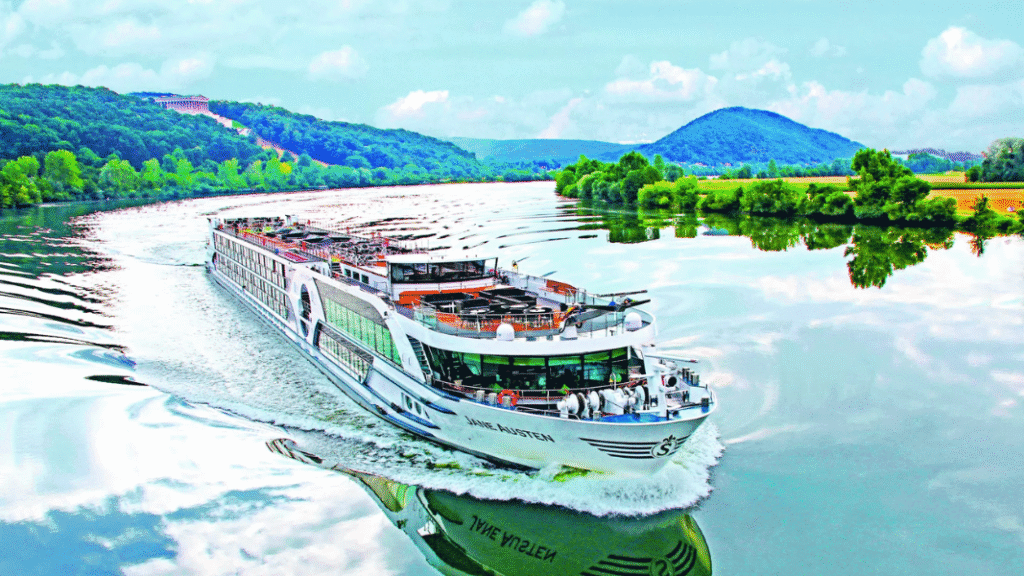
Many UK holidaymakers wonder whether river cruising in Europe is really different to the more familiar ocean cruising. The answer is yes, in several key ways. River ships are typically smaller, with less than 200 guests, meaning a more intimate and personalised service. You dock right in the heart of destinations, so there’s minimal travel to the city centre.
On river cruises, the journey is just as rewarding as the destination. Watching the ever-changing scenery slip by – from vineyards and forests to medieval towns – becomes part of your daily routine. While big ocean ships can feel busy and impersonal, river ships encourage friendliness and camaraderie. You’ll likely make friends along the way.
There’s no risk of seasickness – rivers are calm and sheltered, so you can relax and enjoy your holiday. And with shorter distances between stops, you’ll spend more time exploring ashore and less time “at sea.” The focus is on local culture, food, and slow travel, rather than non-stop shopping and entertainment.
Finally, because river cruising in Europe is more all-inclusive, you’re not bombarded with extra charges. With many lines including excursions, drinks, and sometimes even gratuities, you can focus on having a great time rather than checking your wallet.
Conclusion
River cruising in Europe offers an unmatched blend of comfort, culture, and convenience for UK holidaymakers. From the castle-clad banks of the Rhine to the sun-soaked Douro and grand capitals along the Danube, you can tailor your journey to your interests and style.
Backed by the influence of shows like Cruising with Jane McDonald and positive reviews from trusted sources, now is a prime time to discover why this form of travel continues to grow in popularity. With the right preparation, river cruising in Europe could well become your new favourite way to explore the continent.
